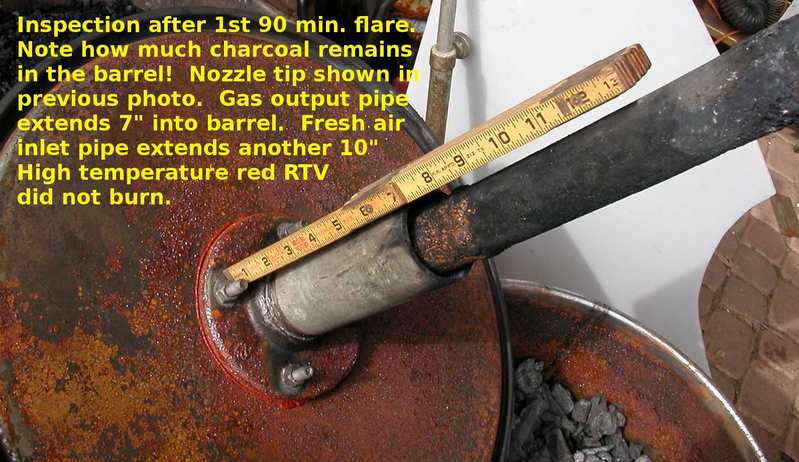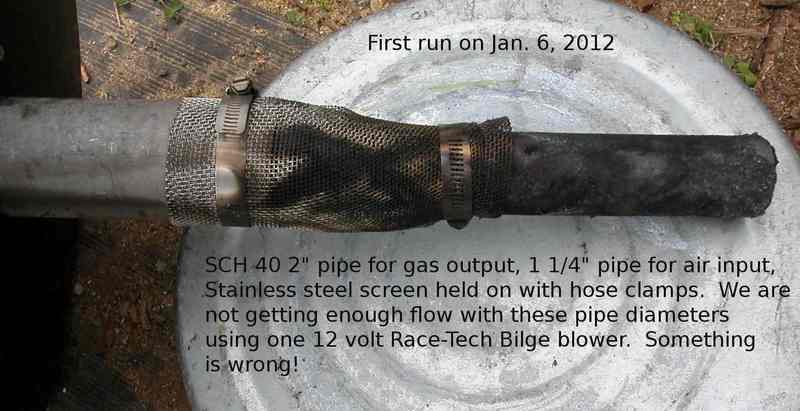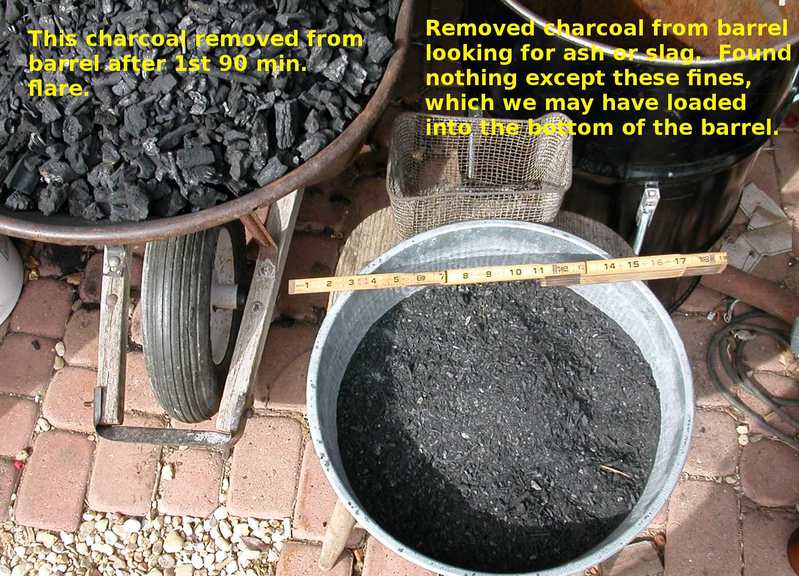As l mentioned in the original topic, after much testing and experimenting, l finaly decided to let go of raw wood gas sistem for my Mercedes, and rather point in the direction of much more convinient charcoal gasification. So; after what feels to be a eternity, HELLO BLACK MAGICIANS! Sure missed you guys 
A work accident put me down for a few days so this is a exelent oppertunity to do some detailed research and planing before the actual build. Refreshing the memory in the meantime.
So, first, let me type down what l already have. The engine is 2.3l, 134hp slow turning multi point injected. No adjustible dist, only way to advance timeing is shorting a resistor, wich gives l think 6° advance.
I have a crude system installed, gas cooler, basic manual air/gas flaps, cold gas cyclonic cleaners and all the pipeline.
Now, for the conversion. The char gasifier will be mounted in the trunk. Or shuld l say the hopper as the actual “hearth” will protrude trugh the trunk floor in what was before a mufler compartment.
I wuld like to fit the hopper in the 90l insulated aluminium box l had made for the wood gqsifier so thatd set. The affective volume of engine grade charcoal shuld be at about 60-70l, wich translates to about 12kg of premium oak charcoal and a max range of about 90-100km. Wich is, by the way, more thain useing bulky wood chunks as l did now.
Thats the theory anyway…
Now for the gasifier design. Most likely, its goeing to be a Källe type. It has some features l like and l wuld like anyone who has any experiances with such a device to chim in.
Mostly, l wuld like to know what shuld the max movement of the nozzle be, and allso how does it do with water injection (plus exhaust “wind sieve”)
Allso, l have a question on exhaust tempered char gas composition. My main question is is it compatible with a membrane vacuum automixer as l plan to install one later on.
Right now l havent got much info, exept of what the nozzle material was in the day and the rough % of exhaust gas neaded for nor melting it.
I apreciate all help!

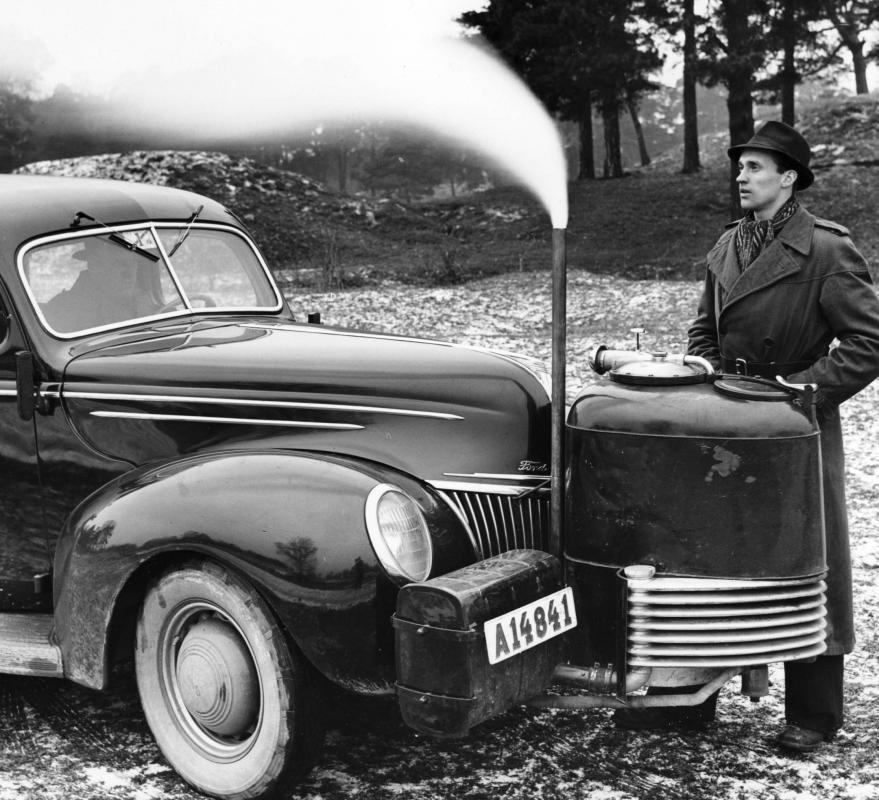

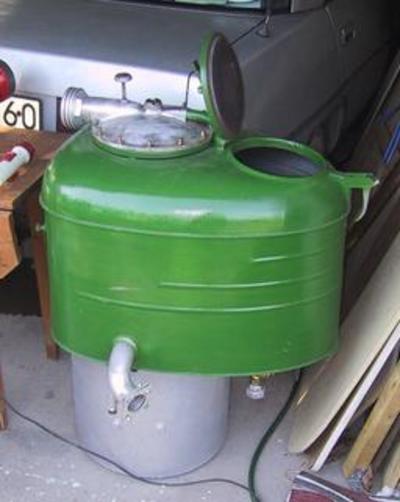

 )
)